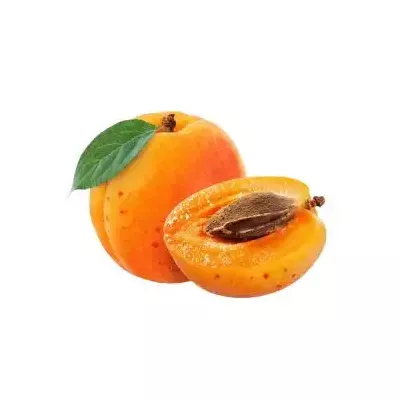



Enjoy growing your own apricot plant in your outdoor or terrace garden. Being highly perishable, it is not easy to find fresh apricots in the local markets. Apricot fruit in abundance, and it is a sight to behold.

Pay using UPI, Card or Netbanking

Shipping within 3 working days
Apricot is very popular as a dry fruit. They can either be eaten raw or dried or made into jam. Apricot plants bear fruit in 2-3 years.
Apricot grows well in well-drained and slightly alkaline soils. The apricot plant needs plenty of organic manure and water.
Apricot trees are pruned to maintain size and shape as needed. It may be necessary to remove some of the fruits early on to reduce the weight on the branches.
Apricot prefers well moisturised soil. Though it grows best in Mediterranean climates, It can adapt to wide range of climatic conditions. Though it does best in full sun, it is also accommodate slight shade conditions. Apricot prefers loamy but not clayey soil, with a neutral or near neutral pH.
It's a cold-hardy fruit tree and can tolerate frost; it requires well-drained soil and full sun to grow. They are self-pollinated.
The apricot fruit is a small, round, orange-coloured fruit with a fuzzy skin and a sweet, juicy flesh.
They ripen earlier than other fruits of the summer season. They are smooth, juicy, tender, and sweet, with a tiny punch of tartness. However, unripe apricots will taste sour.
Eat apricots raw, dried, or made into jam. Apricot is very popular as a dry fruit.
Apricots are highly perishable, and they reach their ideal sweetness and flavour when allowed to ripen on the tree itself. If picked before then, they will not attain their full sweetness and quality.
Consume apricots as they ripen, or store in a refrigerator, but they should still be eaten within a couple days.
Edible oil is extracted from apricot seeds.
Apricots are also mildly laxative.
Apricots are a rich source of vitamin E, copper, and potassium. It helps in getting healthy eyes, skin, and better body immunity.
Data sheet